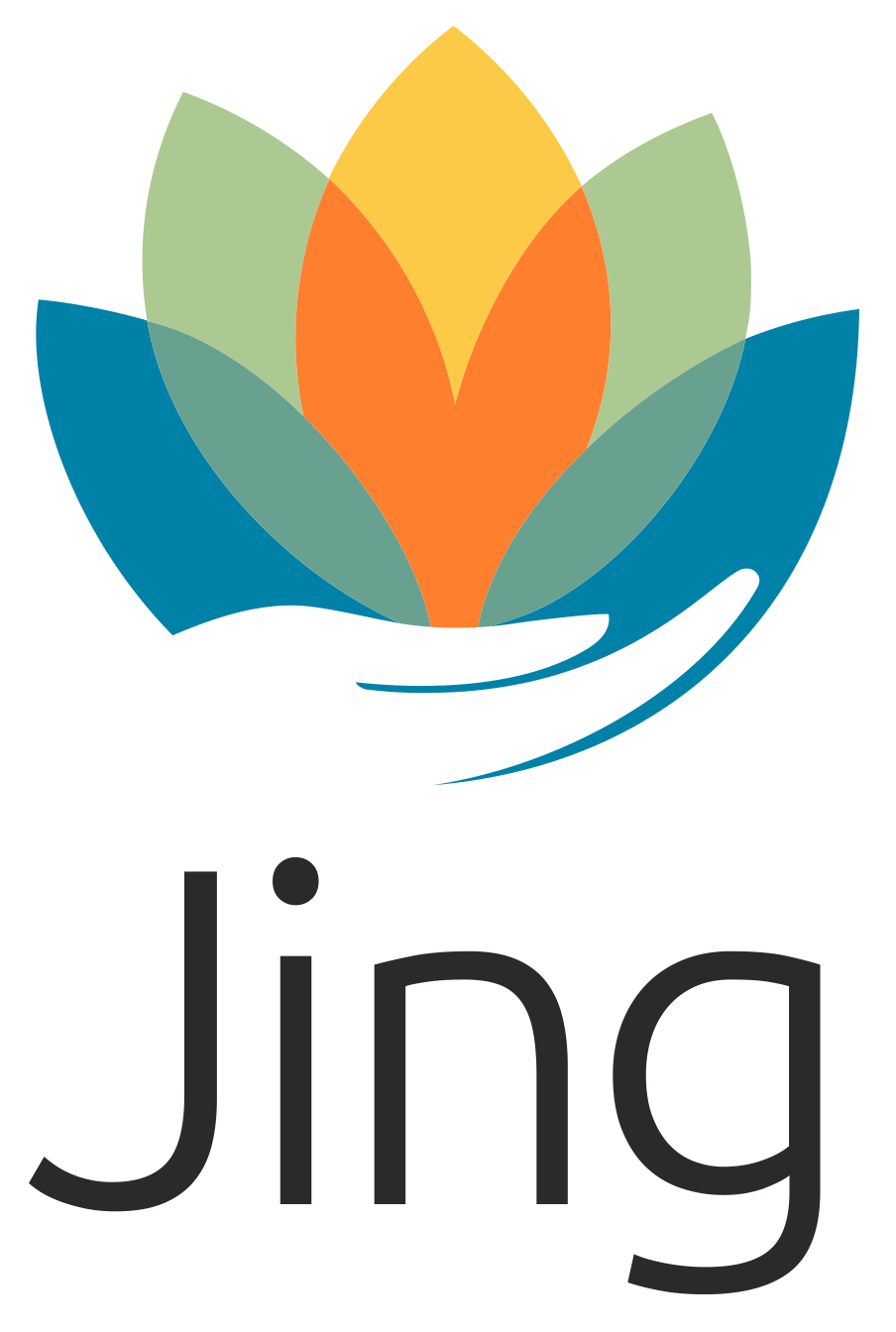A beginner’s guide to using acupressure
Video version of this article
Acupressure is based on the same principles as acupuncture - it's a way of stimulating specific points on the body in order to benefit health and wellbeing, but without the needles. The effects of these points have been carefully observed in China for nearly two thousand years by many generations of physicians. With the help of the Jing app, your practitioner will suggest points which may be particularly useful to you based on your current condition.
When applying acupressure to yourself, don't be too worried about the exact location of the points. The demonstration videos in our app will be a useful guide, but it's important to experiment and find out what works best for you. Start with the place described in the videos, then work around the area applying pressure from different angles until you find what feels like the most active spot. This may vary from session to session, so keep an open mind and enjoy discovering how your body reacts.
Some example acupressure points
Acupressure point Stomach 36 (ST-36)
Acupressure point Large Intestine 4 (LI-4)
Likewise, experiment with the amount of pressure you use. Acupressure shouldn't be painful, but it's good to experience a definite sensation, which can be a crampy, achy feeling, a tingling or a slight sharpness. There's no right or wrong, as long as the point feels 'awake' to you in some way. You may find that sensations travel from the point you're using to elsewhere in your body, or you could feel a reaction in a seemingly random place. From the traditional perspective, these are all just manifestations of the movement of qi (pronounced ‘chee’, and loosely translated as ‘energy’) in the body.
Using tools like tennis balls, ballpoint pens, or wooden spoon handles can be useful for some points. Again, experiment to find out what feels right.
Your practitioner may have recommended a number of times per day or per week to use the points, but there are no specific rules about this either - unless a point is getting sore, or you're experiencing unwanted side-effects, you can use it as often as feels beneficial.
In summary, acupressure is a simple, safe, and useful technique which anyone can add to their self-care routine, either for specific ailments or just for general health promotion. Work with your practitioner to develop a repertoire of points, tune in to your body, and enjoy the benefits.
Acupressure is one of various traditional self-care practices available within the Jing app for practitioners to recommend to their patients. Click here to read more about the app.

